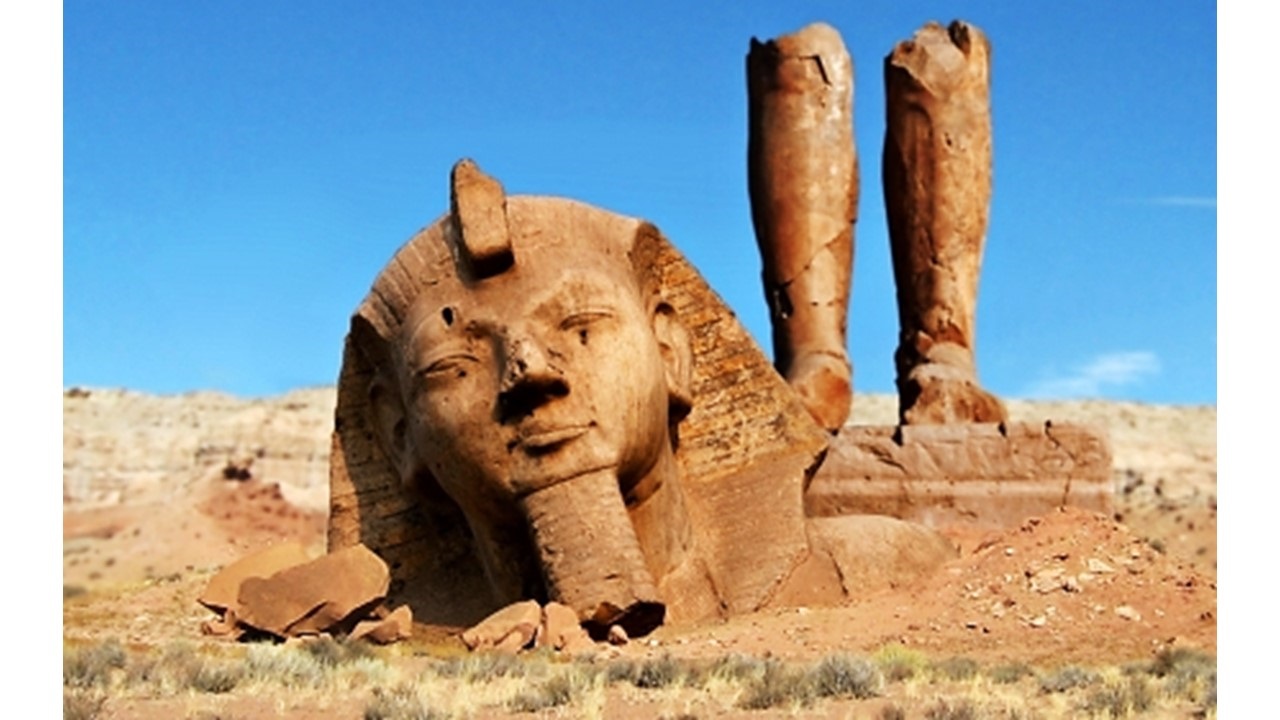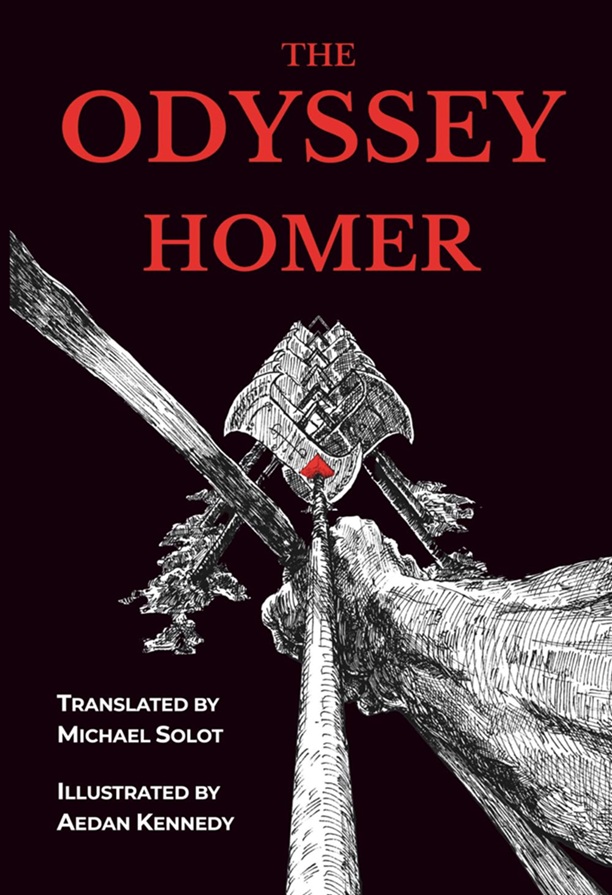.
Ozymandias Begins
I met the monarch of our ancient land,
who said, ‘Your skill at sculpting is renowned.
The hammer and the chisel in your hand
will make my semblance evermore resound.’
Upon his statue’s stone-blank face I cut
the ruthless glare residing in his eyes,
the frown with loathing etched in every rut—
his scornful lip my pride would not disguise.
Ten times the height of mortal men we raised
his likeness with its surly visage set.
Its autocratic mien his minions praised—
a father reigning not by love, but threat.
Yet unlike our immortally-sculpted king,
of my own role, what poet voice shall sing?
.
.
Paul A. Freeman is the author of Rumours of Ophir, a crime novel which was taught in Zimbabwean high schools and has been translated into German. In addition to having two novels, a children’s book and an 18,000-word narrative poem (Robin Hood and Friar Tuck: Zombie Killers!) commercially published, Paul is the author of hundreds of published short stories, poems and articles.















Beautiful sonnet, Paul
Thanks for reading and for such an encouraging comment.
You write mighty well……
Thank you, Paromita. The sculptor in Ozymandias has always fascinated me.
Thanks for reading.
Great personality insight! Well designed.
Thanks, Roy. This was a joy to write, trying to get into the head of the sculptor mentioned in Shelley’s famous poem.
I absolutely love this! “Ozymandias” is a poem I love so much that I’ve memorized it. You’ve done a great job writing an appropriate, very well-echoed variation on it, especially the description of the facial expression.
Thanks, Cynthia. I’m glad you liked it.
Paul, this is an excellent poem in the unexpected voice of the sculptor — a splendid twist on a story we already know. You give the subject fresh life. It is both memorable and a joy to read.
Thank you for reading and for your kind comments, Brian.
I’ve always wondered about the sculptor from ‘Ozymandias’, who seems to have the abilities to become famous in his own right, yet might incur the jealousy and wrath of his master if he does.
“Its sculptor well those passions read,” as Shelley said. Paul, you give us considerably more about the man. He seems proud of his fame before the Ozymandias commission, proud of his skill, and too proud of his artistry to render the king any more attractive than the monarch actually was. He understands the greatness of his work enough to imagine that it will inspire a future poet to celebrate the king–but doesn’t look far enough ahead to see you.
I’ve heard that the first artist to be greatly celebrated at the completion of his work was Brunelleschi for his dome on the Duomo in Florence. It was the most important building in the world, to the honor of God, of the Virgin Mary, of the city of Florence, and of the architect. First time for the artist to be granted such importance–in the consecration festival at the time. Longterm fame depends on future artists like you!
Thank you for your generous comments and for the historical revelation (to me at least) about Brunelleschi. Having had a standard British education, we didn’t get past Christopher Wren and St. Paul’s Cathedral.
As I mentioned to Brian, the sculptor in Ozymandias has always fascinated me, especially since he seems able enough in his field to garner fame in his own right – something that is liable to anger a tyrant who expects to always be the centre of attention.
Thanks for reading, Margaret.
Get back to us when you have resolved your classic issues and learned to get by in ordinary English. Humdingers are a hard sell.
Thank you for reading and for your consideration, C. B.
Expressive, vividly descriptive, very skillfully written sonnet!
Thanks for reading and for commenting, Janice.
I was a bit unsure of this poem and made one or two adjustments in line with advice from Evan, whom I must thank for the fantastic illustration.
Clever work. I like the way it alludes to Shelley’s poem without being plagiarist.
I wrote this sonnet in response to a competition prompt asking participants to write a poem from the point of view of a character who appears in a famous poem.
The sculptor in Ozymandias is a tantalising character with suggestions of his personality. I did write a prose piece about the Sculptor though, with a lot more backstory. Following C.B. Anderson’s advice, I may write a longer version of Ozymandias Begins in search of that elusive ‘humdinger’.
Thanks for reading, David.
I love that you wrote it from the sculptor’s point of view. It made me go back to the original, which I first read as a school girl decades ago and always loved. I particularly like your line “the frown with loathing etched in every rut.”